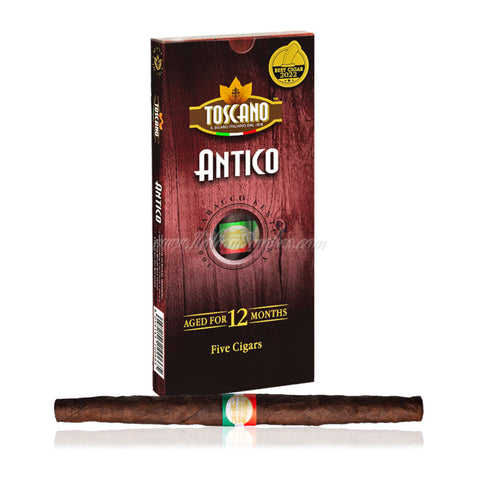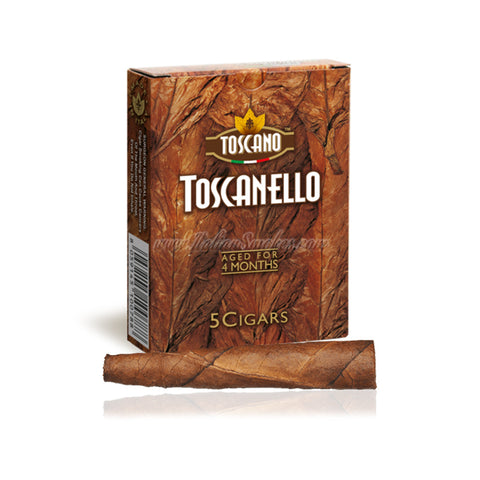When cigar lovers talk about the distinct aromas and flavors that make each blend unique, they’re often referring to more than just the type of leaf or where it was grown. One of the biggest influences on a tobacco’s character comes from how it’s cured: the process that transforms freshly harvested green leaves into the rich, flavorful tobacco ready for rolling.
Among the various curing methods used around the world, fire-curing stands out for its boldness and tradition. It’s an age-old technique that gives tobacco a deep, smoky flavor and a unique aroma unlike any other.
The Basics of Fire-Curing
Fire-curing is one of several traditional curing methods, alongside air-curing, flue-curing, and sun-curing. While most cigar tobaccos are air-cured (dried naturally in well-ventilated barns), fire-cured tobaccos take a more dramatic journey.
After harvest, the tobacco leaves are hung in a specialized curing barn or smokehouse. Instead of relying on natural airflow and ambient heat, small smoldering fires of hardwood (often oak, hickory, or maple) are maintained on the barn floor. The smoke slowly rises through the hanging leaves, infusing them with rich, smoky notes while drying them over several weeks.
The fires are carefully controlled, not blazing flames, but slow-burning embers that produce consistent heat and smoke. The curing process typically lasts from a few weeks to several months, depending on the desired flavor intensity and the type of tobacco being processed.
The Flavor Profile: Bold, Smoky, and Complex
The result of fire-curing is a dark leaf that’s noticeably heavier and more aromatic than air-cured tobacco. The smoke from the wood adds natural phenols and resins, which translate into bold, smoky, sometimes even meaty or peppery notes in the finished cigar.
Because of these strong flavors, fire-cured tobaccos are often used in small proportions within a blend - just enough to add depth and complexity without overwhelming the palate. You’ll find them in certain Kentucky Fire-Cured cigars, or occasionally as a special wrapper or binder to give a cigar a rustic, smoky twist.
Where Fire-Cured Tobacco Comes From
Fire-curing has deep roots in Kentucky and Tennessee, where dark-fired burley and other regional varieties have been produced for centuries. It’s also practiced in Italy (notably in the Tuscany region), where Toscano cigars use fire-cured Kentucky tobacco to create their famously bold, rustic character.
Today, some premium cigar manufacturers have embraced the method to offer something different, a nod to old-world craftsmanship and the rich tradition of tobacco processing.
Why It Matters to Cigar Aficionados
For those who appreciate the art of cigar blending, understanding curing methods like fire-curing opens a new dimension of flavor appreciation. The technique demonstrates how even subtle differences in post-harvest handling can transform a tobacco’s aroma, color, and taste.
So the next time you light up a cigar and detect that unmistakable hint of wood smoke or campfire in the background, there’s a good chance you’re tasting the legacy of fire-curing: a timeless method that connects the modern cigar experience to the roots of tobacco craftsmanship.
In short:
Fire-curing isn’t just about drying tobacco; it’s about transforming it through smoke, time, and tradition. It’s the method behind some of the most robust and distinctive cigars on the market today, offering a sensory experience that’s equal parts history and artistry.




